Architectural graduate Devyani Sethi on why empathy is crucial to great design
Written by
16 August 2022
•
7 min read

A large part of Devyani’s fascination with the built environment comes from her upbringing and immigrant background – her home environment constantly changing during her childhood as her family moved from one rental property to the next.
“I moved to the country when I was six years old, and there’s an immigration that happens between countries, and then there’s an immigration that happens between homes in the country you live in,” explains Devyani, an architectural graduate at Chow:Hill Architects.
“It’s always been such a fascinating thing to me how people behave in spaces, how spaces are conceived, and what goes into the thinking behind our built environment – how man has spent thousands of years perfecting inside and for what reasons and why we need it.”
The first time that Devyani first truly appreciated architecture was standing in front of the Taj Mahal at a young age, astonished that something of that scale had been constructed by hand centuries ago.
“I think ever since then, I was enamoured. I just loved design and architectural thinking, and it was something that naturally grew in my life as a passion.”
It’s always been such a fascinating thing to me how people behave in spaces, how spaces are conceived, and what goes into the thinking behind our built environment.
Empathy in architecture
While still relatively new to practice, Devyani says she has discovered one of the most important aspects of architecture: empathy is integral to creating spaces for people.
“For me, architecture is and always will be about empathy. In Auckland, we live in such a multicultural space, and I feel like immigrants have always been the outsiders in that space – often their narratives and their thinking is on the outskirts. I want to bring this idea that we’re all interconnected and we all have a shared human experience.
“Culturally, when you have a big family a space has different demands. If you live in a small family, a space has different demands. Western culture is very different to the background that I come from, which is Indian culture – experiences are different. So I think there’s a lot that we have to take into account when we design.”
The need to design spaces that work for different people is explored in Devyani's current work in healthcare architecture – an area that has an unfortunate personal connection.
“There was a pivotal point when I graduated because it was during the pandemic,” shares Devyani; at that time, family members in India were falling ill and passing away.
“My family had to be at home without ventilators and that had a huge impact on me. I came to Chow:Hill and this healthcare environment because I then realised the impact of those spaces – the importance that hospitals have to human life.”
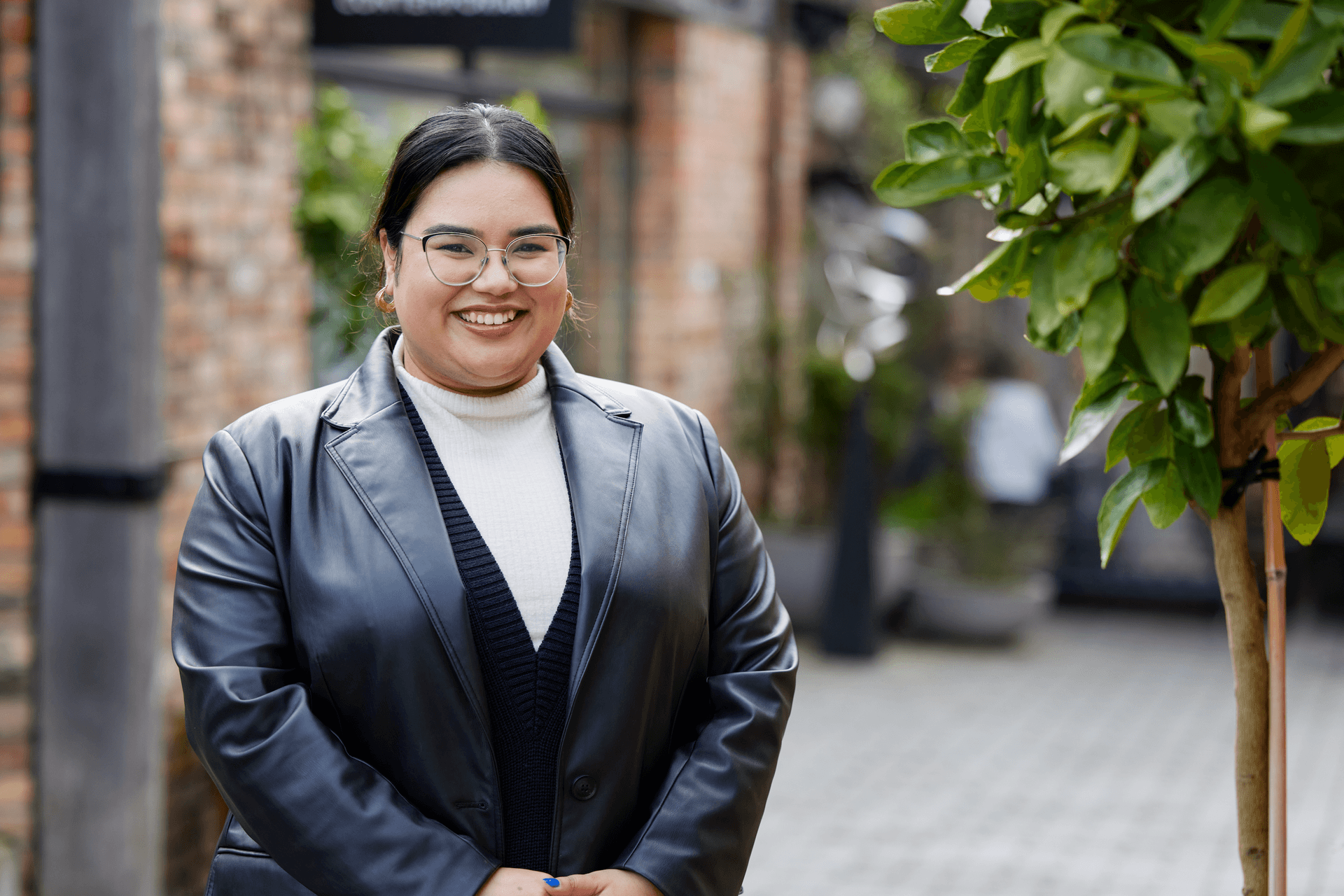
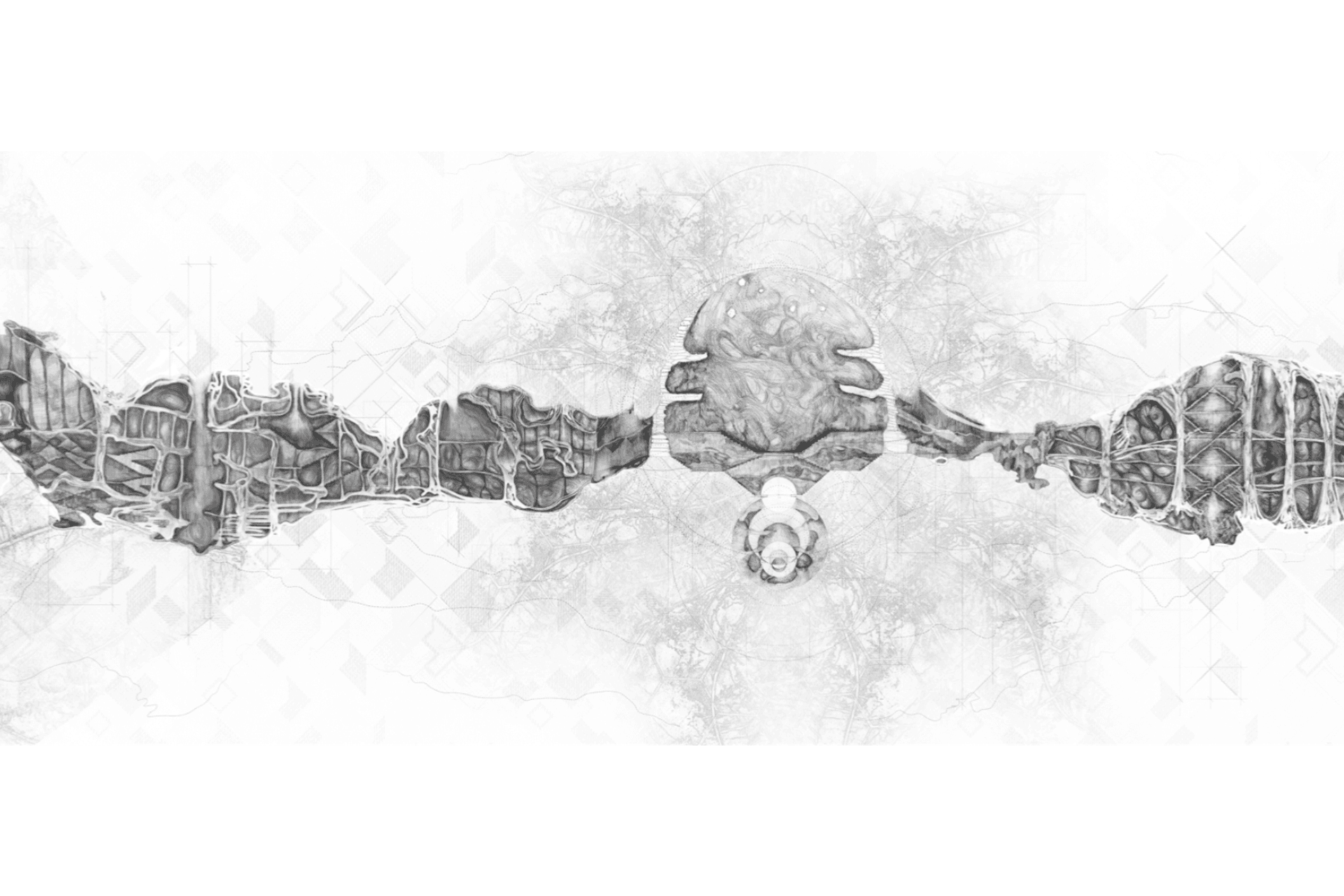
It’s so rewarding to learn about all of these spaces having a cultural impact, a social impact and a spiritual, mental, and physical impact on people.
Devyani was initially involved with work in radiology spaces, and is now part of a project in a cancer centre – learning the ins and outs of not only what happens in the spaces, but what is involved in each treatment.
“I’m learning that people are in certain spaces for six hours. For some people, hospitals become a second home, so it’s about making people feel comfortable. How do we make that experience least daunting as possible?”
As well as patients who use the space, Devyani and her colleagues speak with the professionals who work in the spaces and take the time to understand what their requirements are. She explains there is a rationale behind the way hospitals and medical centres look – as nurses and other professionals move from one hospital to another, they need to feel familiar in the space in order to perform their tasks and provide care to patients.
“But this doesn’t mean that we can’t be explorative about the rest of the space. Areas such as the entrance and whānau areas – the importance of those being very culturally apt and also being socially conscious that people might need some alone time, while others might need somewhere that they can have a shared conversation or bring lots of family.
“There’s a level of thinking that’s gone into healthcare buildings and it just expands me. It’s so rewarding to learn about all of these spaces having a cultural impact, a social impact and a spiritual, mental, and physical impact on people. And that’s architecture – that’s innately linked and I’ve now learned that connection there.”
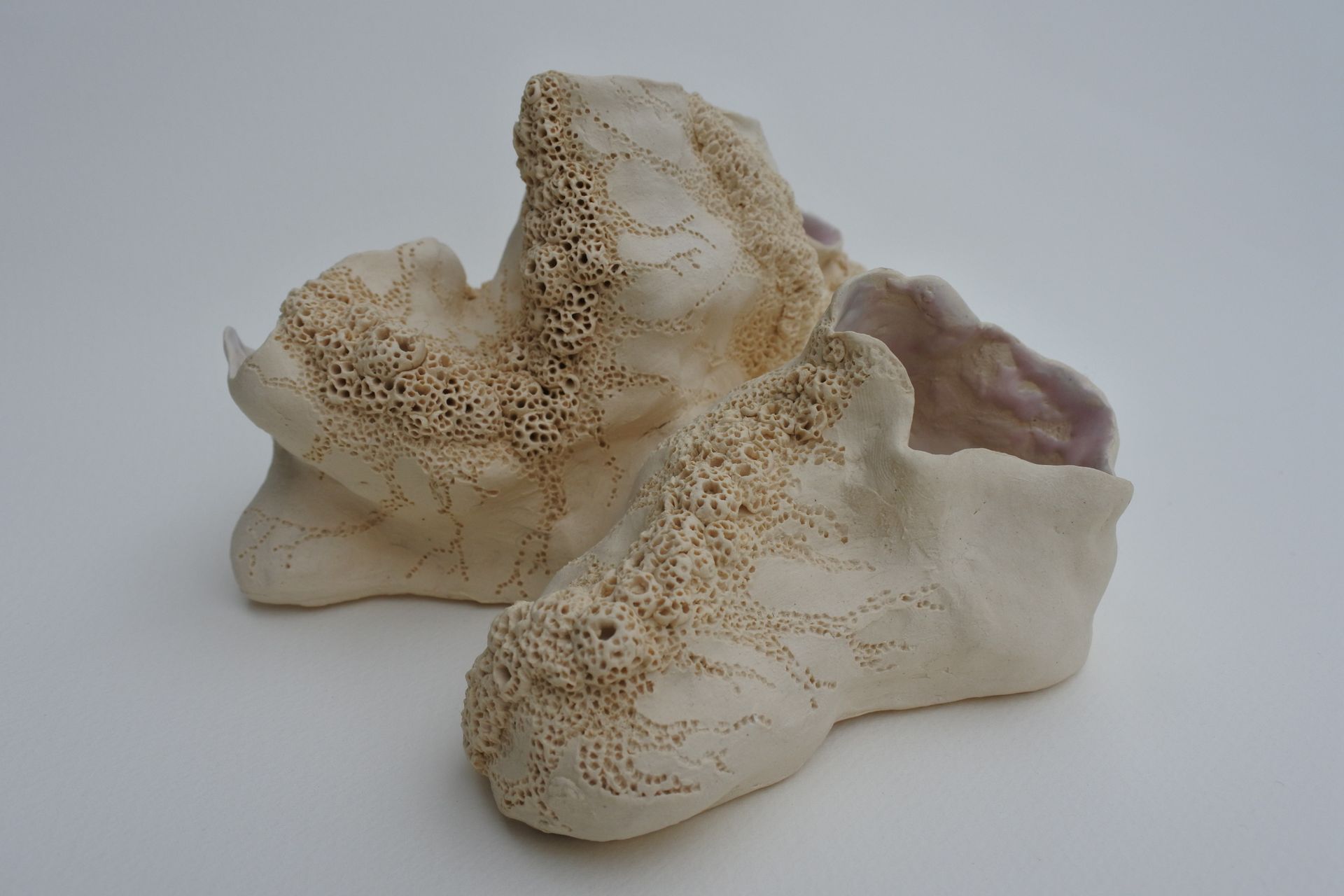
Where art meets architecture
Outside of the office, Devyani is passionate about mentoring and has taught a digital fabrications paper to architecture and creative technologies students at Auckland University of Technology.
She is also a keen ceramic artist, something that has been a continuation from her final thesis architectural drawing titled ‘Bhāvanā’ that saw her named the recipient of Architecture+Women NZ’s 2020 Tātuhi / Drawing Architecture: Sarah Treadwell Archive prize – which will be on display at the Refinery Artspace in Nelson later this month alongside other winning pieces.
“My whole thesis was the idea of an architectural earth vessel. I found myself then creating clay which I turned into ceramics, and it just kept going and it’s something I can’t stop doing now.”
What clay gave me a chance to do was completely give in to the material and just let go – let the flow of my work just happen naturally.
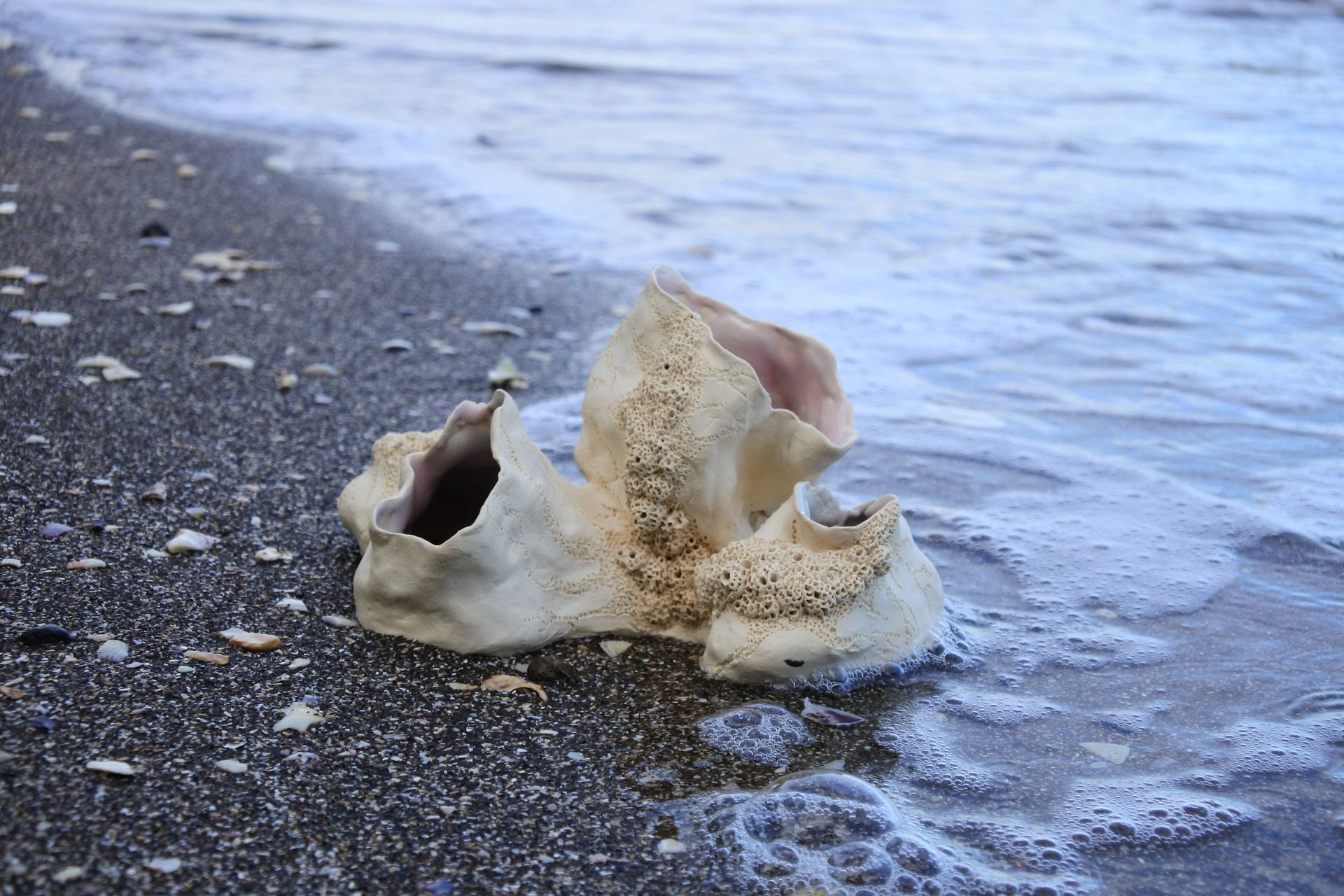
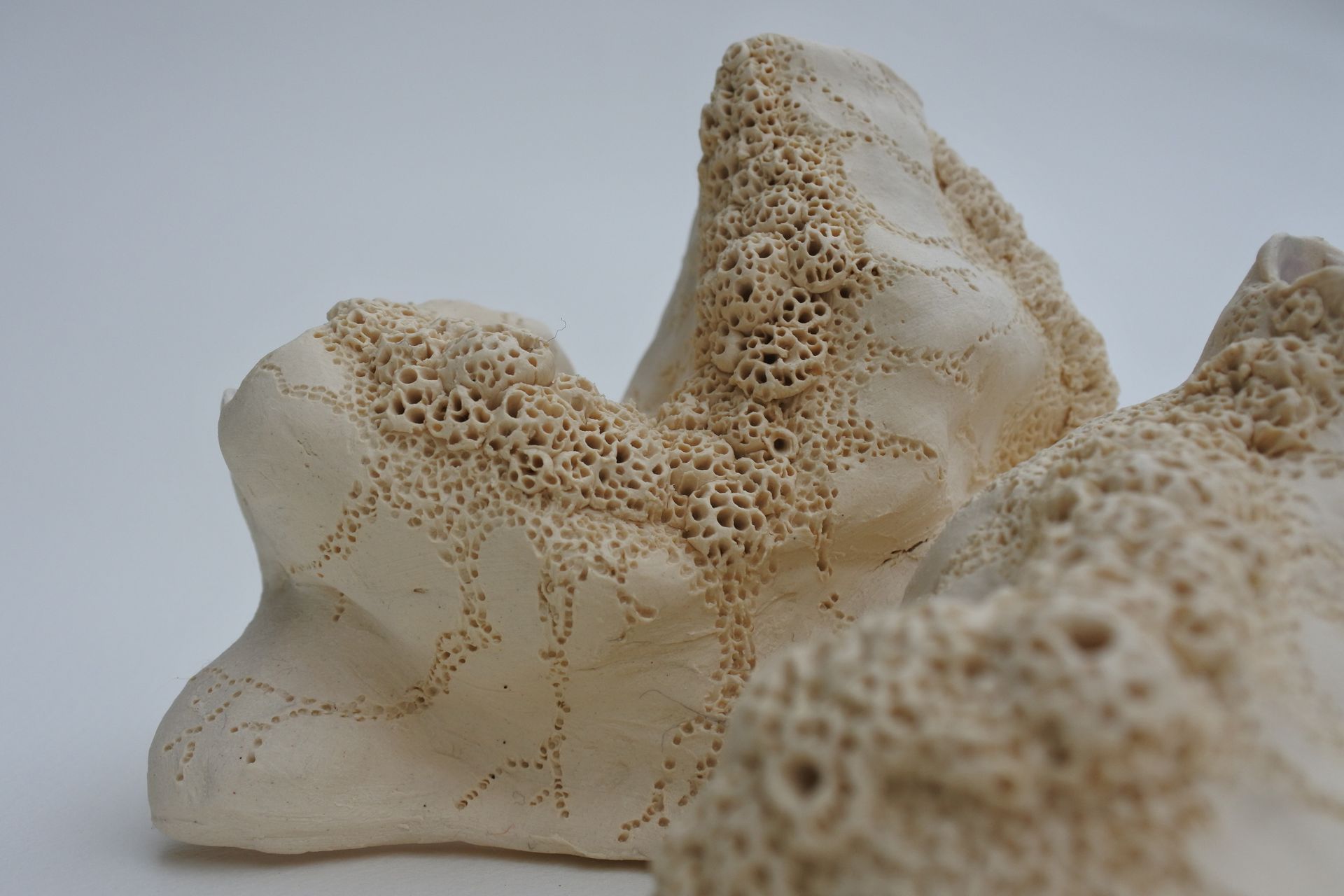
“Architecture is so technical and you have to be absolutely certain about everything. What clay gave me a chance to do was completely give in to the material and just let go – let the flow of my work just happen naturally. It’s such a meditative experience.
“I was lucky enough to assist teaching a ceramics class at the NZIA, and it was funny to see architects trying to make very angular shapes out of clay. I remember when I first started ceramics and tried to make it all very rigid and perfect, but it just doesn’t do that as a material. And that’s what I love about it – it won’t listen to you, you have to listen to the material.”
This is something that Devyani keeps in mind with her architectural work, and while she hopes to one day merge her clay art with her architectural practice further, for the moment she is dedicated to learning and supporting others as they move through the industry.
The importance of collaboration and leadership for architectural graduates
A member of Architecture+Women, Devyani met her leader at Chow:Hill, Anner Chong, through the organisation’s speed mentoring programme: “I managed to get her business card when I was a student and now years later, I work for her. Architecture+Women’s events are so impactful not only for people who are currently in the industry, but also for students and up and coming designers – I think we need to be more open and take advantage of these opportunities for human connection.”
Now as an architectural graduate, Devyani assists with Architecture+Women’s event coordination.
“It’s so important for young designers to have a place that they can go, because as women it’s already challenging. Anner is a leader that I admire a lot, and I’ve learned by watching her and how she handles her role with so much grace, integrity and honesty. That’s what I hope to mirror in my career, and to help other graduates navigate the industry and find a safe environment to grow their career as I have.
“I’m grateful to be in a situation where I’m learning the importance of what we do, firsthand. I’m getting to actually see the changes. I’m working with great people, too – that makes a massive difference to how a young graduate moves in the industry.”
Words by Cassie Birrer